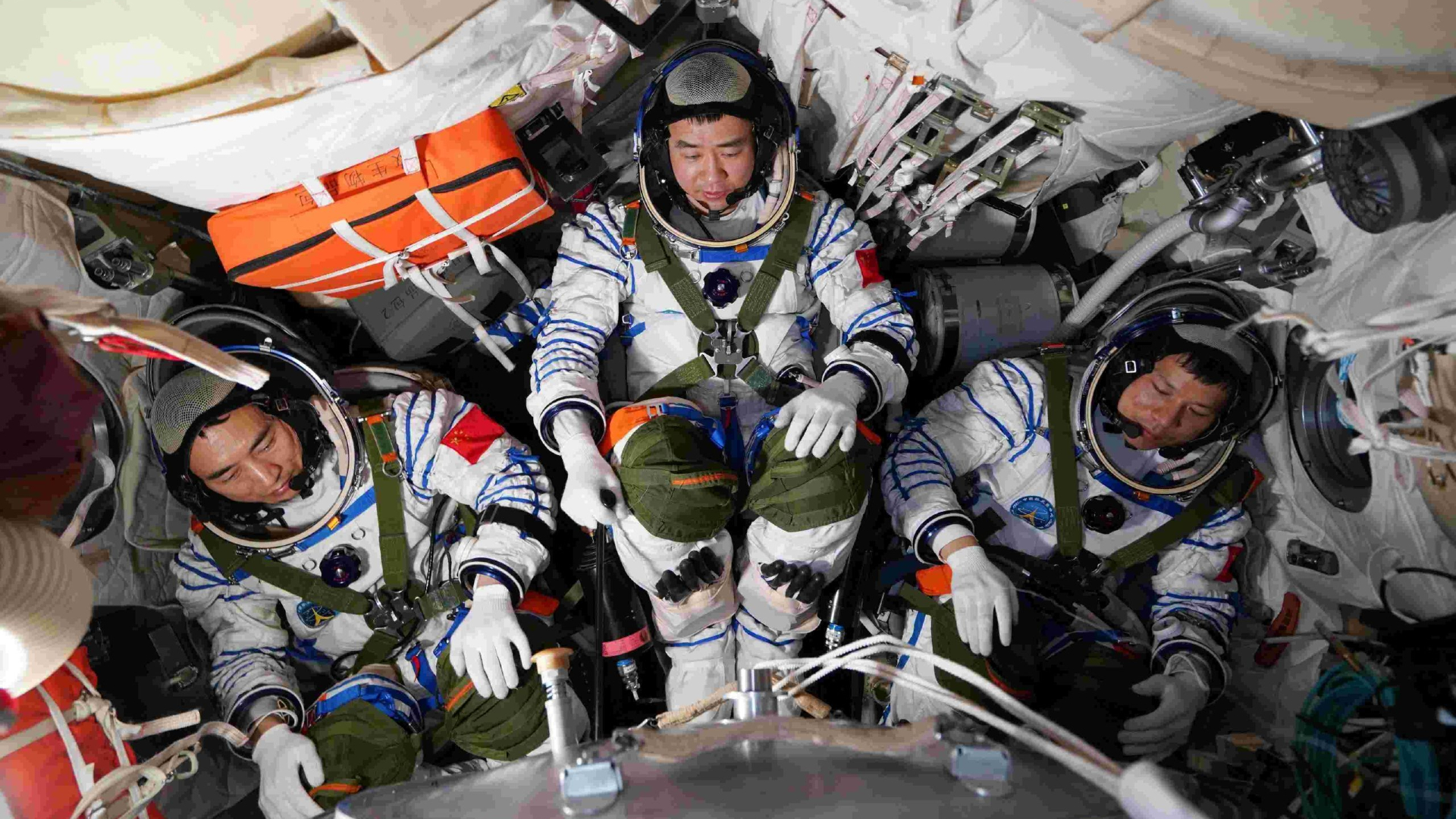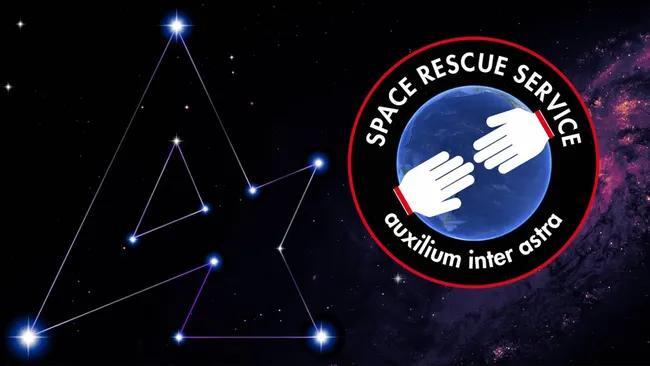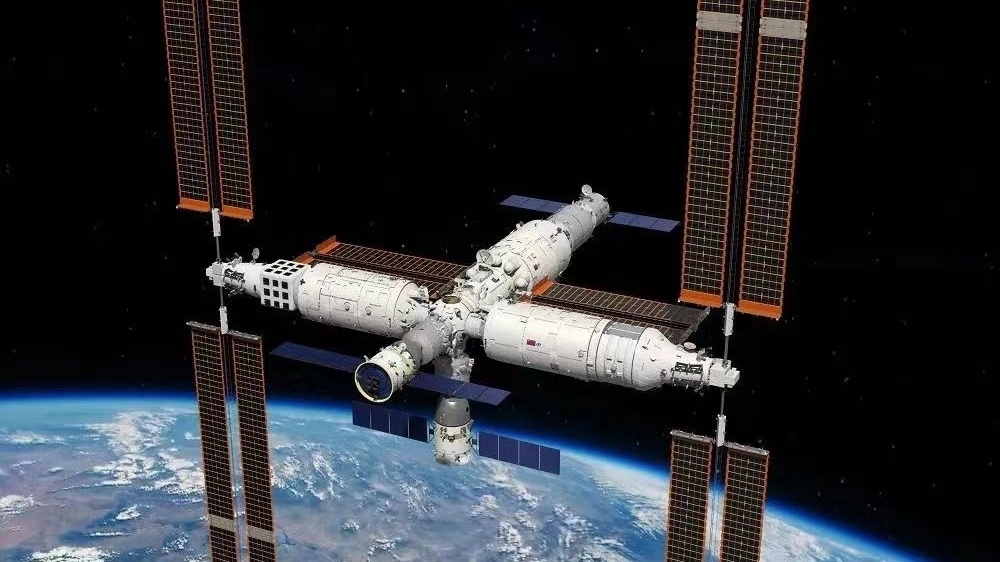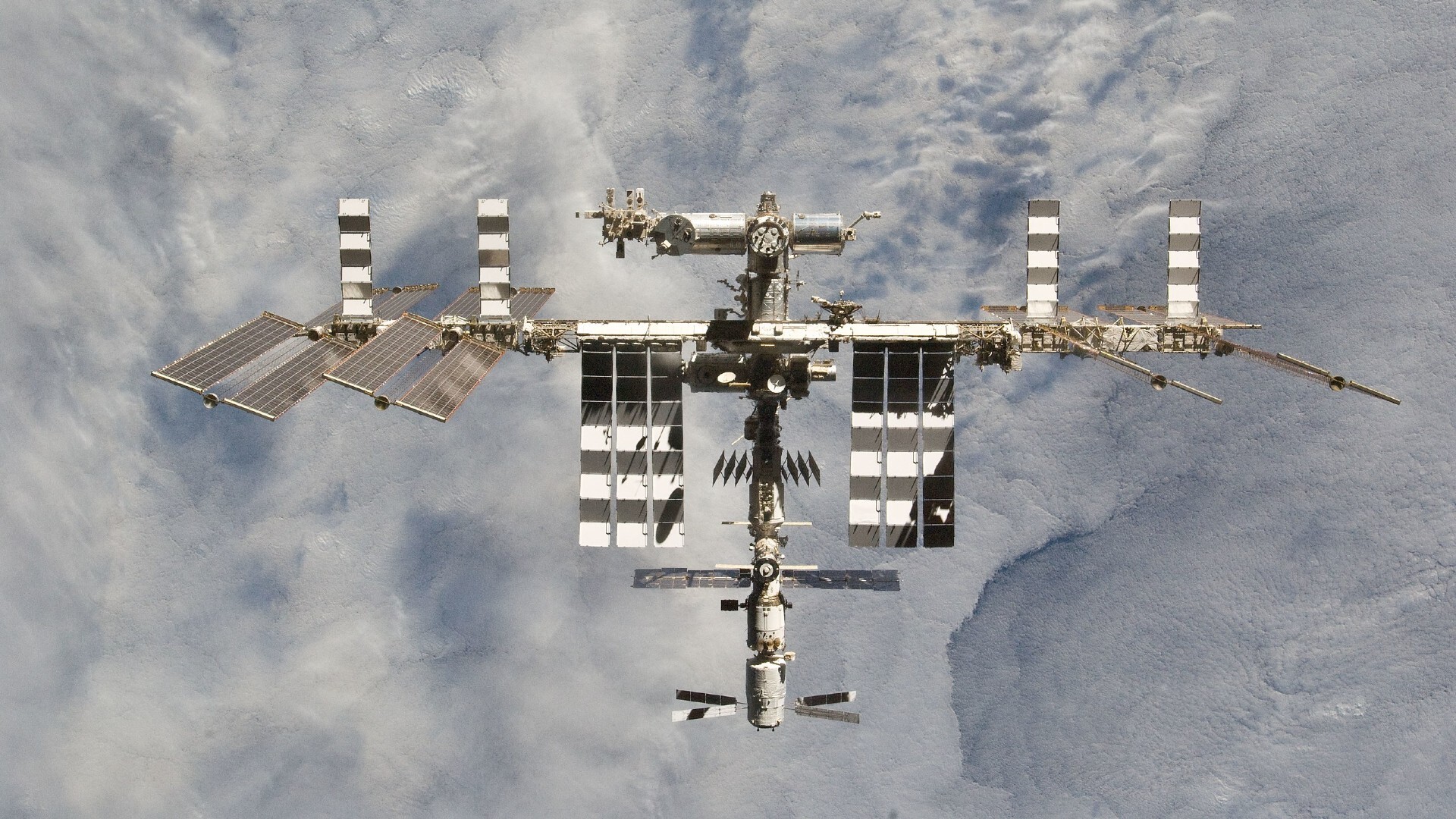
Space junk strike on China's astronaut capsule highlights need for a space rescue service, experts say
"We're now in an era where there's multiple governments, multiple companies involved in space. So the shift is not just one organization needing to think about space rescue for their own needs."

China purposely delayed the return of its Shenzhou 20 crew from the country's Tiangong space station recently. The reason: a suspected impact of space debris that cracked a window of the crew's return vessel.
Chinese space officials labeled the Nov. 5 wave-off of the crew's return to Earth as the first successful implementation of an "alternative return procedure" in the history of the nation's space station program. The trio of taikonauts did return to Earth, in a fresh but "borrowed" Shenzhou 21 spacecraft on Nov. 14. But doing so left the three-person Shenzhou 21 crew with a damaged and docked vehicle that has been deemed unsafe for reentry.
And now, technicians are readying the Shenzhou 22 spacecraft and its rocket for flight in a reportedly uncrewed mode to Tiangong. That mission was originally scheduled to fly, with astronauts, in 2026.
Wake-up call
This incident is a wake-up call, say advocates of a space rescue capability — and also a call for an organization to shape that capacity.
That competence is needed not only for governmental spaceflight, but especially to support the growing private-sector spaceflight business, said Jan Osburg, a senior engineer for the RAND Corporation's engineering and applied sciences department in Pittsburgh. RAND is a global policy think tank.
"Government programs typically have more time and funding for contingency procedures of their own, compared to private missions," Osburg told Space.com. "Also, government missions typically go to space stations," he said, which can serve as "safe havens."
One enabler for space rescue would be compatible docking systems — or ways to transfer spacefarers from a vessel in distress to another vehicle, said Osburg.
Breaking space news, the latest updates on rocket launches, skywatching events and more!
Also required are compatible communications systems, as well as established rescue coordination procedures and responsibilities — similar to what has evolved in the maritime world over the last few decades, Osburg said.
Space standards
The question is, What standards has China used for its Shenzhou spacecraft and the country's space station docking system?
James Lewis is associate chief (acting) and NASA's International Docking System Standard (IDSS) Committee Chair in the structural engineering division at the space agency's Johnson Space Center in Houston.
"This is an excellent question. Since we are precluded by U.S. law from even talking to China, we do not have a clear answer if they adhere to or meet-the-intent of the IDSS Interface Definition Document (IDD)," Lewis told Space.com.
Lewis said understanding what's in play on the Chinese side "is essentially what we can pull from the internet, and the Russians have been silent to us about their involvement with China on this subject."
Compatibility
System (APAS) docking system, which is also the basis for an International Docking System Standard.
"But we have no idea if it is truly compatible," Lewis said.
"I can imagine that China and Russia have retained compatibility, since I expect they are planning future in-space collaboration," Lewis observed. "If China's design is virtually an identical specification to the APAS, then there is a high likelihood it is interoperable with other IDSS-derived docking systems for soft capture and structural latching, but they would not be for power/data or fluid transfer, which are not currently specified in the IDSS IDD."
Good news
The good news here is that China noticed that the Shenzhou 20 spacecraft had been damaged, said Grant Cates, senior project leader in launch operations for the Space Safety Institute at The Aerospace Corporation.
Cates said that means China is inspecting its spacecraft before using them to return astronauts from Tiangong.
"One can imagine if they didn't notice and their crew returned in an unsafe spacecraft," Cates said, "that could have led to a very bad outcome."
Brian Weeden, director of civil and commercial policy at the Center for Space Policy and Strategy for The Aerospace Corporation, underscored the changing environment of space utilization.
"We're now in an era where there's multiple governments, multiple companies involved in space. So the shift is not just one organization needing to think about space rescue for their own needs," Weeden told Space.com. "Rather, how does the global community think about space rescue that is more integrated across different missions, across different agencies, across different countries? That is a much harder problem because of the need to communicate and interact."
Space debris: A hit-and-miss affair
fellow and executive director of The Aerospace Corporation's Center for Orbital and Reentry Debris Studies (CORDS).
To date, there hasn't been too much detail on China's recent run-in with orbital debris, Sorge said. "It's always a good reminder that there is debris up there and we need to be thinking about this issue," he observed, pointing to the considerable amount of effort NASA has put into shielding the International Space Station from space debris hits.
"In this case, if they were worried about an impact on part of their return vehicle, I could understand being cautious … that can have some pretty serious consequences," said Sorge.
Launch-on-need system
Cates noted that China has said in the past that it has a 10-day launch-on-need system. "If they need to do a rescue, we will see them implement that," he said. But to what degree the nation's astronauts are in any distress mode is unknown.
However, Cates said that this incident with China's human spaceflight program is a reminder that "there needs to be movement in the direction of having compatible systems. And it's not just the docking systems but also spacesuits and communications capabilities."
While there's general agreement that there's a need, there's lack of will at this point to push forward on space rescue, Cates said, "to create the systems and put them in place to enable rescues in the future."
For example, take the situation of both crewed space stations now in operation, the ISS and Tiangong. They are in different orbits and different inclinations. "We probably don't have enough sufficient propellant to make the leap from one station to the other," said Cates.
Given the United Nations Outer Space Treaty of 1967 and provisions regarding the rescue of astronauts, "we're not there yet. There's a long way to go," Cates concluded.

Leonard David is an award-winning space journalist who has been reporting on space activities for more than 50 years. Currently writing as Space.com's Space Insider Columnist among his other projects, Leonard has authored numerous books on space exploration, Mars missions and more, with his latest being "Moon Rush: The New Space Race" published in 2019 by National Geographic. He also wrote "Mars: Our Future on the Red Planet" released in 2016 by National Geographic. Leonard has served as a correspondent for SpaceNews, Scientific American and Aerospace America for the AIAA. He has received many awards, including the first Ordway Award for Sustained Excellence in Spaceflight History in 2015 at the AAS Wernher von Braun Memorial Symposium. You can find out Leonard's latest project at his website and on Twitter.
You must confirm your public display name before commenting
Please logout and then login again, you will then be prompted to enter your display name.


